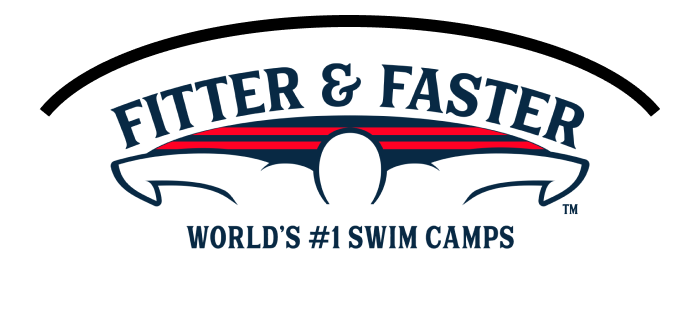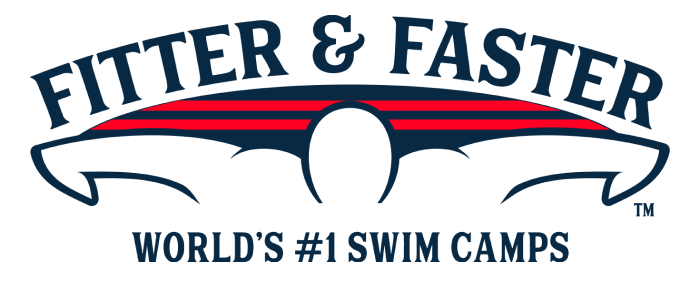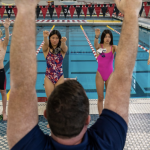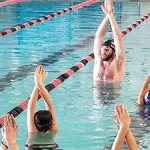Comprehensive Backstroke Racing Swim Camp (Ages 13 & Over)
Parkrose Pool
12003 NE Shaver St,
Portland,
OR 97220
- days
- hours
- minutes
- seconds
Introduction
Fitter & Faster is producing a 2-day swim camp for competitive swimmers ages 13 & Over at the Parkrose Pool in Portland, Oregon on September 27 & 28, 2025! Please see below for additional swim camps in Portland, OR.
COMPREHENSIVE BACKSTROKE RACING SWIM CAMP (Ages 13 & Over)
DAY 1 (Saturday, September 27): Backstroke Technique
DAY 2 (Sunday, September 28): Backstroke Racing & Training Skills
Scroll down for details on the curriculum!
-> Availability in each session is limited to 24 participants to ensure the highest level learning experience.
-> SAVE when you purchase the “Entire Camp Bundle” for your swimmer.
SESSION START TIMES FOR BOTH DAYS:
DAY 1: Check in 11:45 AM, Camp 12-3 PM
DAY 2: Check in 10:30 AM, Camp 10:45-1:45 PM
ADDITIONAL SWIM CAMPS IN PORTLAND:
-> Ages 10 to 12
-> Ages 7 to 9
Suggested Participants
Our top priority is to provide a world-class learning experience for all participants at all of our camps. This camp has sessions for swimmers ages 13 & over. Participants will range from one-year of competitive swimming experience to AAAA times and faster.
Curriculum
Over 2 days, swimmers will work with Fitter & Faster’s world-class clinicians to strengthen their backstroke technique and apply racing and training tactics that will lead to better performances in their competitions!
DAY 1 (Saturday, September 27): BACKSTROKE TECHNIQUE
While backstroke shares many concepts with freestyle, the actual skill can be much different. In this session, your swimmer will refine bodyline, rotation, kick, and pull specifically for backstroke.
- BODY LINE: Backstroke bodyline should eliminate unnecessary movement. Even small amounts of bobbing or swaying create drag. Participants will learn to maintain a flat, aligned posture and engage the core to support a strong, stable position in the water.
- ROTATION: Unlike freestyle, backstrokers rotate most fully onto their side when their hand is midway through the stroke. Rotation in backstroke is essential for two key reasons. First, to apply power during the pull, the swimmer’s hand must be positioned in front of the shoulder and at least a few inches below the surface of the water—something that’s only possible with proper body rotation. Second, rotation helps activate the large muscles of the back as the swimmer drives their hand through the surface and into the catch.
- CONSTANT MOTION: Unlike other strokes, backstroke has no built-in glide phase—the arms are always moving. Your swimmer will work on strategies to keep their stroke continuous and efficient, maximizing distance per stroke while maintaining tempo.
- KICKING: Effective backstroke kicking requires generating propulsion in both directions—both the forward and backwards motions. Your swimmer will learn to kick efficiently on their back, using ankle flexibility and consistent drive to support rotation and propulsion.
- PULL: Backstroke pull requires a high elbow catch, but also uses more of the full arm in the pull than any other stroke since the hand is pulls much further outside the body line. We will work on feeling that full pull and engaging the large muscles of the back to generate power.
DAY 2 (Sunday, September 28): BACKSTROKE RACING & TRAINING SKILLS
On Day 1, participants practiced high performance backstroke techniques. Now, let’s leverage these skills to develop strong racing and training habits. Learning to prioritize tempo and length of stroke, while maintaining efficiency has a huge impact on maximizing speed in backstroke.
- LENGTH OF STROKE: A long stroke will enable your swimmer to “catch” and hold onto more water to propel them as they swim. Whereas, a short stroke is inefficient and not sustainable for very long. The clinicians will work with participants on this important skill for fast swimming.
- TEMPO: Tempo is the rate at which a swimmer is moving their arms and legs. When sprinting short races many swimmers often tend to take too many strokes (“spin their wheels”) and not “hold onto the water”. At this camp we will explore different tempos that suit your swimmer for their backstroke races.
- PACING/CONTROL: A swimmer’s tempo will change depending on the backstroke race that they are swimming. It may also change at different points during the same race! Your elite clinician will teach participants how to manipulate their tempo, speed and energy at different points in a race. This is called Pacing or “Control”.
- BACKSTROKE STARTS: The fastest part of every single race is the start - that’s no different for backstroke! Your swimmer is going to learn and practice starting a high performance backstroke race. We’re going to work on a “clean”, fast water entry in which the athlete carries the momentum from the start into their streamline, underwater dolphin kicking and breakout.
- SPEED SET: At the end of this session your swimmer will do a short and fast swim set to practice everything they have learned over the past two days.
ASK QUESTIONS
Swimmers and parents are invited to ask the clinicians questions during a Q&A session. Gain insight into their training regimen, diet and nutrition, and recovery tactics.
WATCH THE CLINICIANS
Observe clinicians swim at full speed and demonstrate a progression of perfectly executed drills to achieve powerful, efficient and fast swimming.
PUT YOUR SKILLS TO THE TEST
Throughout the camp, swimmers will practice what they've learned with some of the world's most elite Swimmer Clinicians and coaches!
Take a photo, get autographs, and chat with your clinicians!
Inquisitive, Educated Swimmers are Faster Swimmers! Sign up today!


